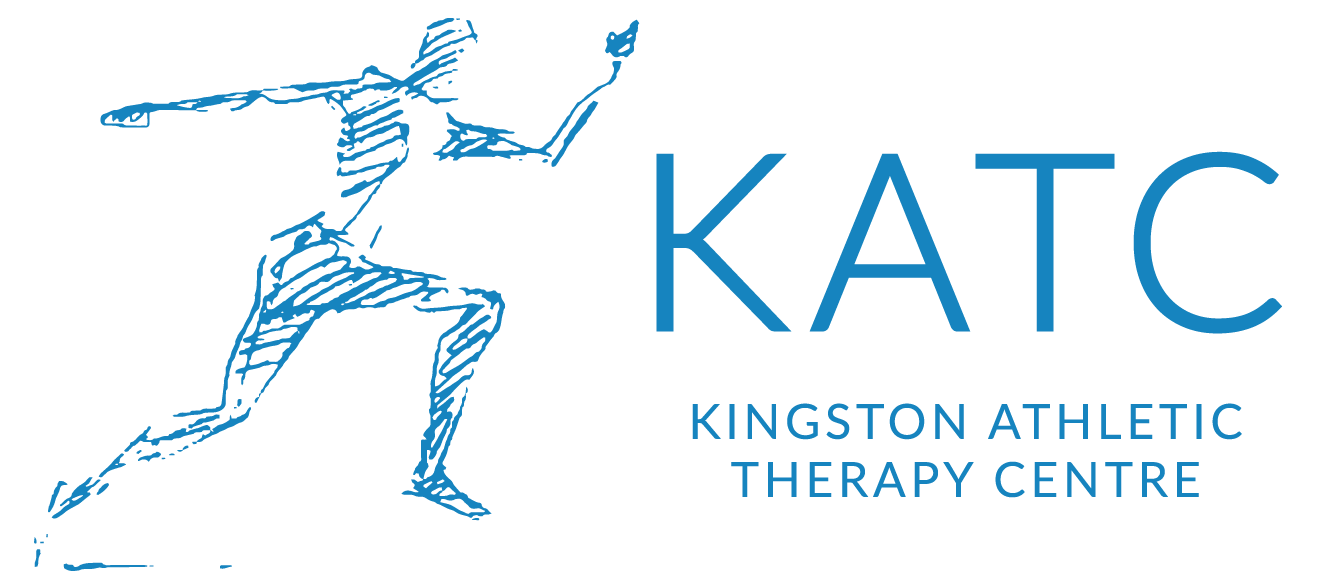Three Benefits of Better Posture
Good posture can be a struggle for all of us. We’re usually looking at our computer screen which means we’re sitting on our butts or we’re looking at our phone which means we’re usually looking down which can cause a lot of stress on the spine!
For those of you that have computer or desk jobs, the percentage of seated time is increased significantly compared to those of you who do not. This however, does not change the fact that we all need to work on our posture!
here are many benefits to practicing good posture!
1) Reduce low back pain:
Sitting in a slouched position for long periods of time stresses your lower back. It puts pressure on the posterior structures of the spine, including the intervertebral discs, facet points, ligaments, and muscles.
Posture tip: Take breaks. Set a timer, every 20 minutes, stand up, walk to the water cooler and take pressure off your spine in that seated position. Practice setting your core and setting your shoulder blades in a standing position.
2) Fewer headaches:
Poor posture can contribute to tension headaches, due to increased muscle tension in the back of the neck.
Posture tip: Put a sticky note on your computer screen to remind you to stretch out your neck! Do some neck rolls, place on your ear on your shoulder and slowly roll it until it’s on the other side. Do this on each side until you relieve some pressure.
3) Higher energy levels:
When your bones and joints are in correct alignment, it allows the muscles to be used as they’re intended, so you’ll have less fatigue and more energy!
Posture tip: Engage your core and shoulders! Pulling your bellybutton to your spine without sucking in. This is not as easy as it sounds if you want to continue to breathe!
For your shoulders, think of a fishhook. If you were to hang your shoulder blades on fishhooks, you elevate your shoulders before setting them back down. This will help to keep a good relaxed posture.
Not sure if you have poor posture? Come in for a body tune-up!
It involves an assessment of the biomechanics of the body and correcting any imbalances that are presented. This could include soft tissue release, pelvic balancing, mobility and strength exercises, visceral and cranial fascial mobilizations or even just stretching out tight structure.
